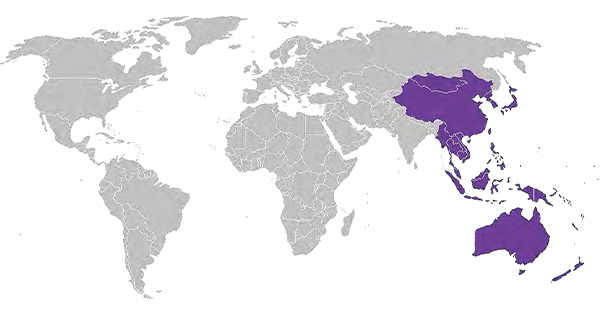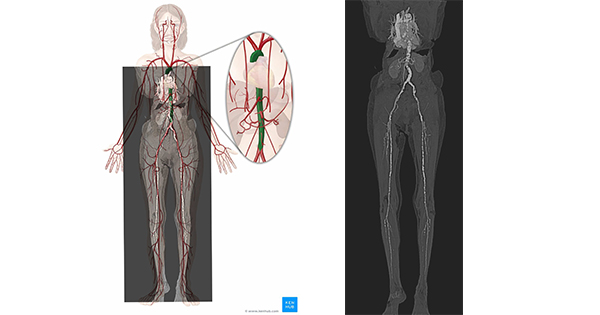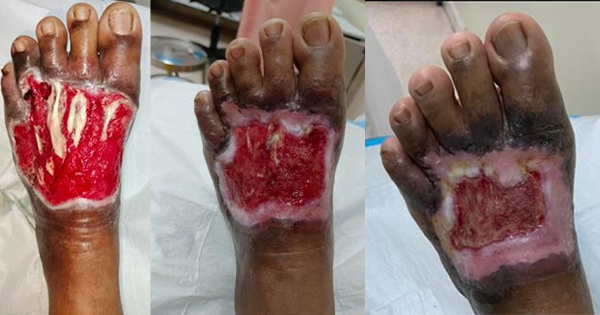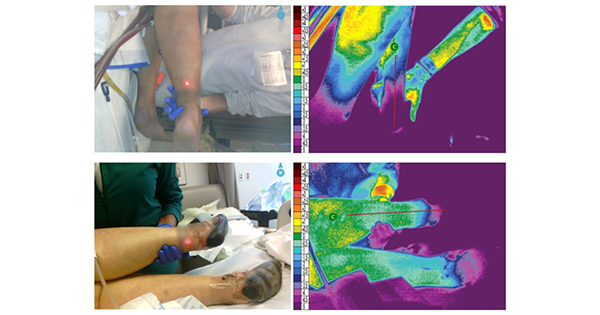Dear distinguished readers, we meet again in another exciting edition of the Wounds APAC journal, which is the journal catering for the largest continent and the most populous region in the world with 4.7 billion people (United Nations, 2023). The open access of this journal is really a great thing as all healthcare professionals are able to access the journal articles and get valuable information to further enhance their experience and knowledge, as well as enhance the quality and the standard of care in clinical practice.
In this issue, which will be released in time for the Asian Wound Care Association and the 7th Global Wound Conference, there is an array of professional articles covering a range of topics, including nutrition and adjunct therapies. The Global conference will be held on 10–12 October 2025 at the Sunway Pyramid Convention Centre in Kuala Lumpur, Malaysia. This is the pre World Union of Wound Healing Societies conference. The WUWHS conference will be held in the Kuala Lumpur Convention Centre on 23–27 September 2026. I truly hope that everyone will grace this fantastic international event in the picturesque capital of Malaysia.
Interestingly, the incidence of diabetes is rising across the globe. Diabetic foot complications are also rising. Patients experience a 25% cumulative incidence of diabetic foot during their life (Fang et al, 2023). In addition, there is a huge impact in their quality of life as alluded to by the Wound Balance consensus document (Nair et al, 2025). Referrals to diabetic foot centres also ae delayed up to more than 52 days even in Europe (Meloni et al, 2021). Therefore, to adhere to the D-Foot International mission in reducing avoidable limb amputation, cases have to be referred early and managed by a multidisciplinary team approach.
During the global conference, there will be a consensus meeting to look at the array of implementation strategies including the fast-track pathway, which is taken from the International Working Group on Diabetic Foot (IWGDF) document launched in 2023 (IWGDF, 2023). We have to strengthen the implementation of the IWGDF recommendations which are evidence based. Diabetic foot ulcer management involves the prevention, management, follow-up and rehabilitation. I truly hope all the consensus and best practice documents are utilised well.
In addition, the WUWHS has started the WUWHS webinar series to enable more access to everyone, including those in remote areas. Please join the webinar series to obtain more knowledge and information.
Finally, I hope for more participation from the various disciplines and different countries to submit their articles on the good work that they are doing in their respective centres. I would also like to thank the Wounds International and the Wounds APAC editorial boards for their continuous support in sharing education and research. Thank you. God bless and take care.






